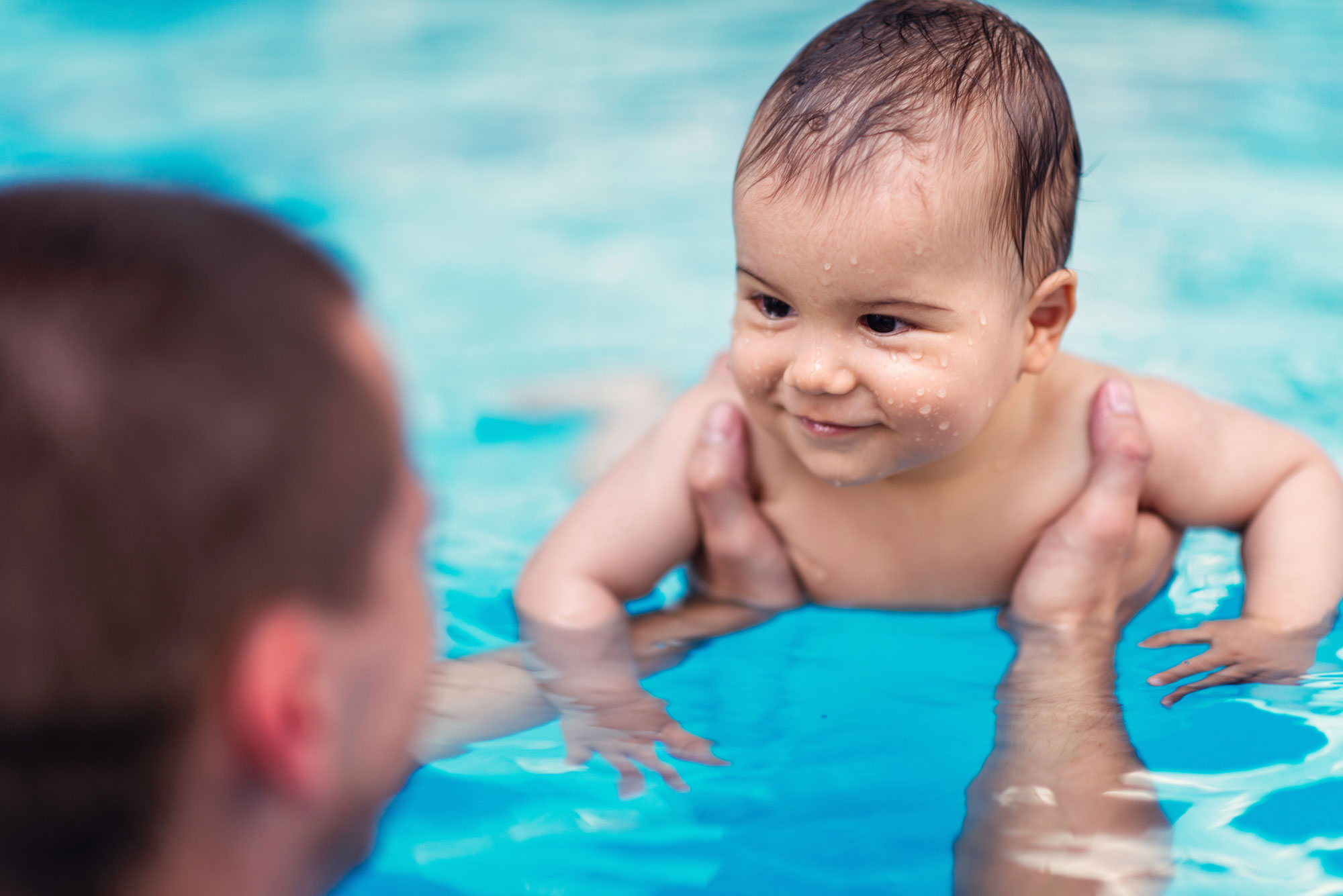Whatever You Required to Understand About Swimming Lesson for Beginners: A Comprehensive Overview
Understanding the principles of swimming lessons for newbies is necessary for cultivating both safety and security and skill advancement in the water. The course to ending up being a positive swimmer is commonly filled with challenges, consisting of the common anxiety of water.
Importance of Water Security
Water security is paramount for any individual venturing into water environments, particularly newbies. Recognizing the potential threats linked with water activities is important to make certain a secure and satisfying experience. Stats suggest that drowning stays a leading source of accidental death, underscoring the need for heightened awareness and precautionary steps.
The very first action in water safety includes recognizing the importance of supervision. Grownups ought to always maintain a close eye on children and unskilled swimmers, as even shallow water can position substantial dangers. Furthermore, wearing proper flotation tools, such as life vest, is vital, particularly for those that are not yet positive in their swimming abilities.
An additional critical element is familiarizing oneself with the particular environment. Each body of water has one-of-a-kind qualities, including currents, tides, and temperature level, which can impact safety. Swimmers ought to likewise understand weather and prospective dangers, such as immersed items or sudden modifications extensive.
Discovering the Right Trainer
Choosing a qualified teacher is an essential action in guaranteeing a efficient and safe learning experience for beginners. When looking for an instructor, consider their certifications and experience. Search for people that are licensed in CPR and First Aid, in addition to those who hold recognized swimming teaching certifications, such as those from the American Red Cross or YMCA.

Additionally, evaluate the trainer's interaction skills. They must be able to communicate directions clearly and demonstrate techniques properly. A link between the student and the instructor can boost inspiration and foster a positive learning atmosphere.
Last but not least, think about logistics such as class dimension, area, and organizing. Smaller class sizes commonly permit even more personalized focus, which can be valuable for novices. By very carefully examining these elements, you can discover an instructor who will add to an effective swimming experience.
Crucial Swimming Methods
Grasping essential swimming techniques is important for novices aiming to build confidence and efficiency in the water. The foundation of efficient swimming hinges on understanding the basic abilities that enhance both security and pleasure throughout technique.
Among the first techniques to concentrate on appertains breathing. Beginners should learn to breathe out undersea and inhale promptly when turning their heads sideways, ensuring a constant rhythm that sustains endurance. Furthermore, body placing plays a vital role; swimmers must preserve a structured pose, keeping the body level and straight to minimize drag.

Finally, comprehending the significance of buoyancy can not be ignored. Mastering floating strategies will certainly improve convenience and stability in the water. By focusing on these essential methods, newbies can develop a solid swimming structure, setting them up for better success in future lessons and more innovative skills.
Different Swimming Styles
Countless swimming designs exist, each offering one-of-a-kind strategies and advantages that cater to various choices and goals. The 4 key strokes-- freestyle, butterfly, breaststroke, and backstroke-- form the foundation of affordable swimming and recreational practices.
Freestyle, additionally referred to as the front crawl, is defined by a flutter kick and alternating arm motions, enabling for maximum rate and efficiency. It is frequently the most prominent selection for newbies due to its straightforward method and convenience in numerous water settings.
Backstroke, performed on the back, uses a similar flutter kick but makes use of a windmill arm motion. This stroke boosts body positioning and advertises relaxation in the water, making it an outstanding choice for those that may feel distressed while swimming.
Breaststroke includes a frog-like kick and simultaneous arm movements, promoting a slower pace that enables boosted breathing control. This stroke is specifically valuable for novices as it encourages an all-natural rhythm.
Finally, the butterfly stroke, known for its difficult strategy, incorporates a dolphin kick and synchronised arm motions. While advanced, mastering it can substantially boost total swimming proficiency. Welcoming these diverse designs can bring about an all-around swimming experience.
Overcoming Common Challenges
Although swimming can be a rewarding task, novices typically encounter different challenges that might hinder their progress and satisfaction in the water. One of one of the most common challenges is worry, particularly fear of the water or of submersion. To conquer this, steady direct exposure is vital. Begin by adjusting to the water in superficial locations, and practice breathing techniques outside of the water to develop self-confidence.
One more challenge is understanding standard strategies, such as drifting and stroke auto mechanics. Newbies need to concentrate on proper body positioning and breathing patterns. Using flotation tools can help in creating a sense of balance while practicing stroke basics.

Finally, locating an encouraging setting, whether through team lessons or individually mentoring, Best Franchises To Own For Beginners can significantly enhance learning. Constructive responses and encouragement are important for overcoming difficulties and fostering renovation. By resolving these usual issues head-on, beginners can grow a favorable swimming experience and progress at a comfy speed.
Verdict
In recap, swimming lessons for novices incorporate important elements such as my site safety, efficient instruction, and mastery of vital methods. Selecting a certified trainer is vital to promoting a helpful learning atmosphere. Focus on core skills, consisting of breathing and body positioning, aids in establishing confidence in the water. Recognizing different swimming designs and resolving common obstacles further improves the finding out experience. Ultimately, a thorough method makes sure that novices not only acquire swimming skills yet additionally grow a long-lasting recognition for aquatic activities.
Comprehending the basics of swimming lessons for newbies is crucial for fostering both safety and ability growth in the water.Water safety and security is critical for any individual venturing right into marine settings, specifically beginners. Arm movements should likewise be coordinated with the kick; novices must discover the value of reaching onward and pulling through the water effectively.
Although swimming can be a gratifying activity, novices typically come across different difficulties that might impede their development and pleasure in the water. Begin by adapting to the water in superficial locations, and method breathing techniques outside of the water to build confidence.